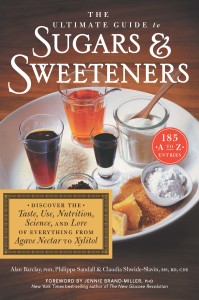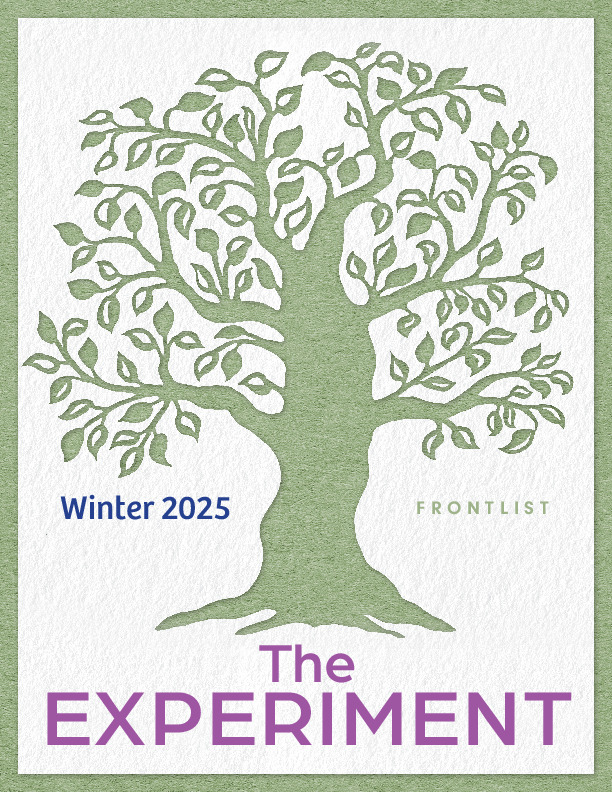The announcement of global roll-out plans of the lower-calorie Coca-Cola Life has made headlines around the globe (The Sydney Morning Herald). Like Pepsi Next, Coca-Cola Life is a blend of stevia and sugar (sucrose) that provides the sweetness, but fewer calories. So what is stevia? This edited extract from The Ultimate Guide to Sugars and Sweeteners explains.
Stevia’s leaves contain steviol glycosides—some of the sweetest plant compounds that have been successfully commercialized as high-intensity sweeteners. Stevioside and rebaudioside A are the two you will find in foods and beverages and in tabletop and pourable products. They have zero calories and no impact on blood glucose levels, because the body does not metabolize them and they are excreted.
The favorite marketing word to describe steviol glycosides is “natural” because they come from a plant and are not entirely created in a laboratory beaker. Manufacturers tend to describe the extraction process as similar to making tea: steeping the leaves in water, then purifying the sweet extract. In fact, the journey through the laboratory to get to the sweetener in the packet or box is a little more complicated. Here’s how it was described in the JEFCA Compendium of Food Additive Specifications: ‘The leaves are extracted with hot water and the aqueous extract is passed through an adsorption resin to trap and concentrate the component steviol glycosides. The resin is washed with a solvent alcohol to release the glycosides and the product is recrystallized from methanol or aqueous ethanol. Ion exchange resins may be used in the purification process. The final product may be spray-dried.’
Stevia consumer products come in sachets, tablets, liquids, and spoon-for-spoon granules. As with other high-intensity sweeteners, the ingredients list for stevia will include bulking and anticaking agents so you can pour it into a cup of coffee or measure it into your cooking and baking. In fact, when you buy stevia, you are often buying a lot of erythritol; in some brands over 99 percent of the product is erythritol. For this reason, some products are low calorie, not zero calorie, so it is important to check the ingredients list.
So, is it better for you? “It does have benefits over sugars,” says dietitian Dr Alan Barclay, PhD. “A lot of people want to avoid artificial sweeteners so this provides what many regard as a natural alternative – but I must add that it is a highly refined extract – its not ground up stevia leaves.” “It is, however, an option for people who want to cut back on calories and for those who want to reduce blood glucose spikes. But adding stevia to soft drinks to replace all or some of the sugars does not provide a licence to anyone to drink large quantities of these beverages. It’s no panacea. It is a better option, but water is the best choice if you want a cool drink. And claims that stevia is a key ingredient in the fight against obesity are overblown.”

The Ultimate Guide to Sugars and Sweeteners: Discover the Taste, Use, Nutrition, Science, and Lore of Everything from Agave Nectar and Xylitol publishes in December.
This is the comprehensive, A to Z guide to every alternative to white sugar—complete with facts and fascinating trivia. There’s also a Test Kitchen chapter, in which the authors try different sweeteners in traditional recipes. Nutrition nerds, parents, diabetics, home cooks, and anyone with an insatiable sweet tooth will find this unbiased guide indispensable for careful consumption of sugars and sweeteners!
Alan Barclay, PhD, is Chief Scientific Officer at the Glycemic Index Foundation, Head of Research for the Australian Diabetes Council, an official spokesperson for the Dietitians Association of Australia, and a coauthor of The New Glucose Revolution for Diabetes. Philippa Sandall is editor of the University of Sydney Human Nutrition Unit’s newsletter GI News and coauthor of several books in the New York Times–bestselling New Glucose Revolution series. Claudia Shwide-Slavin, MS, RD, CDE, has been a registered dietitian and certified diabetes educator for over 20 years. She runs a clinical private practice in New York City and her writing has appeared in various peer-reviewed journals.


